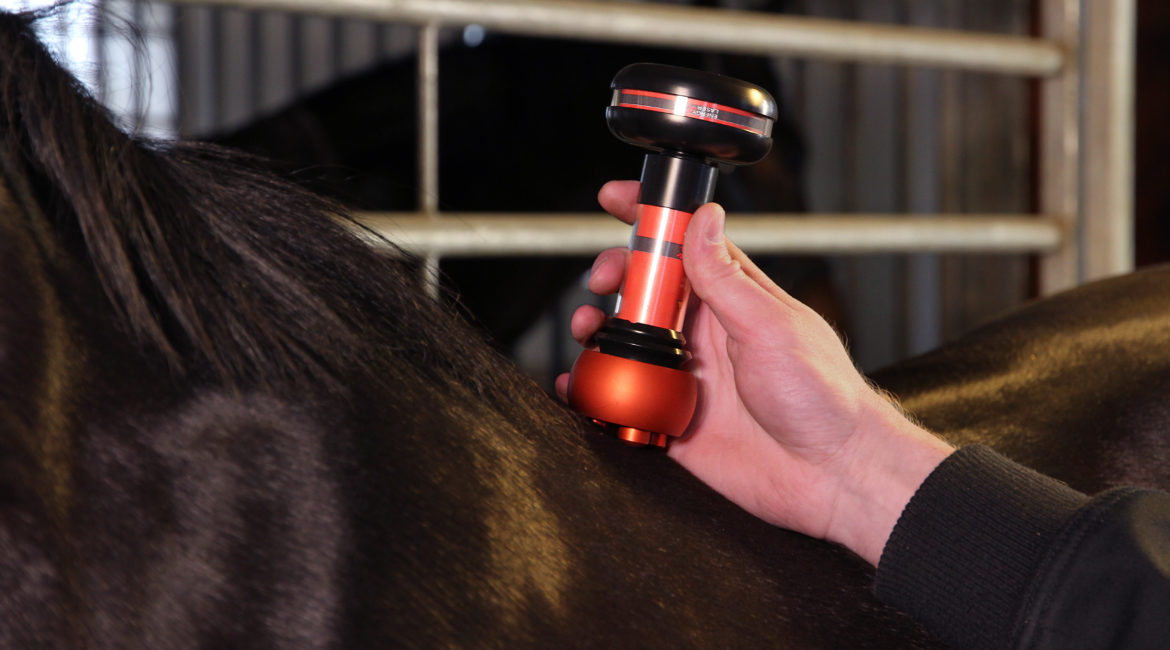Equine Therapy for Trauma Healing: How Equines Aid Heal Emotional Wounds
Equine Therapy for Trauma Healing: How Equines Aid Heal Emotional Wounds
Blog Article
Examining the Performance of Laser Therapy in Equine Therapy for Injury Recovery
The evaluation of laser therapy's performance in equine injury recovery depends upon numerous aspects, consisting of recovery time, discomfort reduction, and tissue regeneration. Professional studies suggest remarkable enhancements in conditions like tendonitis and osteo arthritis, attributed to enhanced mobile feature and elevated ATP production. Vets regularly observe superior results with laser treatment contrasted to standard methods, positioning it as an essential aspect in equine treatment. The necessity for continual surveillance and customized treatment plans can not be overstated. What certain professional proof sustains these claims, and how do veterinarians carry out these methods in method?
Understanding Laser Treatment
Laser therapy has actually ended up being a crucial device in veterinary medicine, particularly in the therapy of equine problems. Understood for its non-invasive nature and efficacy, laser treatment entails the application of certain wavelengths of light to promote tissue repair work and reduce swelling. This restorative technique is significantly preferred for its capability to accelerate the recovery process in horses experiencing a variety of bone and joint injuries and chronic problems.
The key system behind laser therapy is its capability to improve cellular features. When laser light permeates the skin, it is taken in by mitochondria, the giant of cells, which results in increased manufacturing of adenosine triphosphate (ATP) This biochemical power increase facilitates mobile repair work and regeneration. Additionally, laser therapy advertises vasodilation, enhancing blood flow and oxygen delivery to damaged tissues, thus speeding up recuperation.
In equine medicine, laser treatment is specifically advantageous for problems such as tendonitis, osteo arthritis, and wound healing. The method is admired for its pain-relieving residential properties, permitting horses to regain movement and feature extra swiftly. Vets also appreciate its very little adverse effects contrasted to various other therapy modalities, making it a reputable and secure alternative for equine treatment.

Just How Laser Therapy Functions

Upon absorption, these photons set off a series of biochemical adjustments, improving mitochondrial feature and resulting in enhanced adenosine triphosphate (ATP) manufacturing. This surge in ATP accelerates mobile metabolic rate, advertising cells repair work and regrowth. Furthermore, laser treatment regulates inflammatory responses by impacting cytokine levels and decreasing oxidative anxiety, thus easing pain and swelling.
An additional substantial aspect of laser therapy is its role in enhancing microcirculation. The therapy promotes vasodilation, improving blood circulation and oxygen distribution to damaged YOURURL.com tissues (Equine Therapy). This assists in the elimination of mobile debris and supports the expansion of fibroblasts and collagen synthesis, important for injury recovery
Scientific Proof
The effectiveness of laser therapy in equine treatment has been corroborated with numerous professional research studies, showcasing its restorative potential across an array of problems. A research performed by Turner et al. (2012) showed that steeds treated with low-level laser treatment (LLLT) for ligament injuries displayed accelerated recovery contrasted to those receiving conventional therapies.
In a similar way, research study by Johnson and associates (2015) focused on equine muscle injuries, disclosing that laser therapy dramatically accelerated muscular tissue fiber regeneration and minimized muscle mass stiffness. These findings were supported by histological analyses revealing improved muscle mass tissue company. Furthermore, medical analyses have revealed that laser treatment can alleviate chronic conditions such as osteoarthritis. A research by Smith et al. (2018) reported that horses with osteoarthritic joints experienced noteworthy my response discomfort relief and raised variety of movement complying with a routine of laser therapy sessions.
Vet Insights

Veterinarians also value the flexibility of laser treatment. It can be employed for a large array of conditions, from superficial injuries to deeper bone and joint injuries. Dr. Emily Brown highlights its energy in dealing with conditions like tendonitis and osteo arthritis, where standard therapies frequently fail. She mentions that laser treatment can be tailored to the details needs of each equine, making sure optimal results.
In addition, vets value the capability to integrate laser therapy with other therapy methods. This multimodal strategy can enhance total treatment effectiveness, giving a thorough solution for equine rehabilitation. Such endorsements from seasoned experts emphasize the expanding acceptance and application of laser therapy in equine medication.
Practical Considerations
A vital facet of carrying out laser treatment in equine therapy entails recognizing the functional considerations that ensure its efficacy and security. Primarily, it is vital to select the appropriate laser tool, find more as various kinds vary in wavelength, power, and infiltration depth. Equine Therapy. Veterinarians have to be well-versed in these specifications to tailor therapy protocols efficiently to every injury type
Furthermore, the regularity and duration of laser therapy sessions require cautious planning to optimize therapeutic benefits while reducing any type of possible unfavorable results. Constant tracking of the steed's reaction to treatment can lead necessary modifications in the treatment routine. Establishing a risk-free and controlled setting throughout therapies is also important to prevent unintentional direct exposure to laser exhausts, which can harm both the horse and the handler.
Educating and qualification of employees administering laser therapy are critical to make sure correct strategy and to support security requirements. Furthermore, preserving precise documents of each session, consisting of laser settings and observed results, is crucial for examining the general efficiency of the therapy and for making data-driven decisions.
Final Thought
Laser treatment has arised as an efficient modality in equine injury recovery, using substantial advantages in recovery time, discomfort relief, and cells healing. For optimal outcomes, continuous surveillance and personalized therapy procedures continue to be necessary in leveraging the full possibility of laser therapy in equine treatment.
Report this page